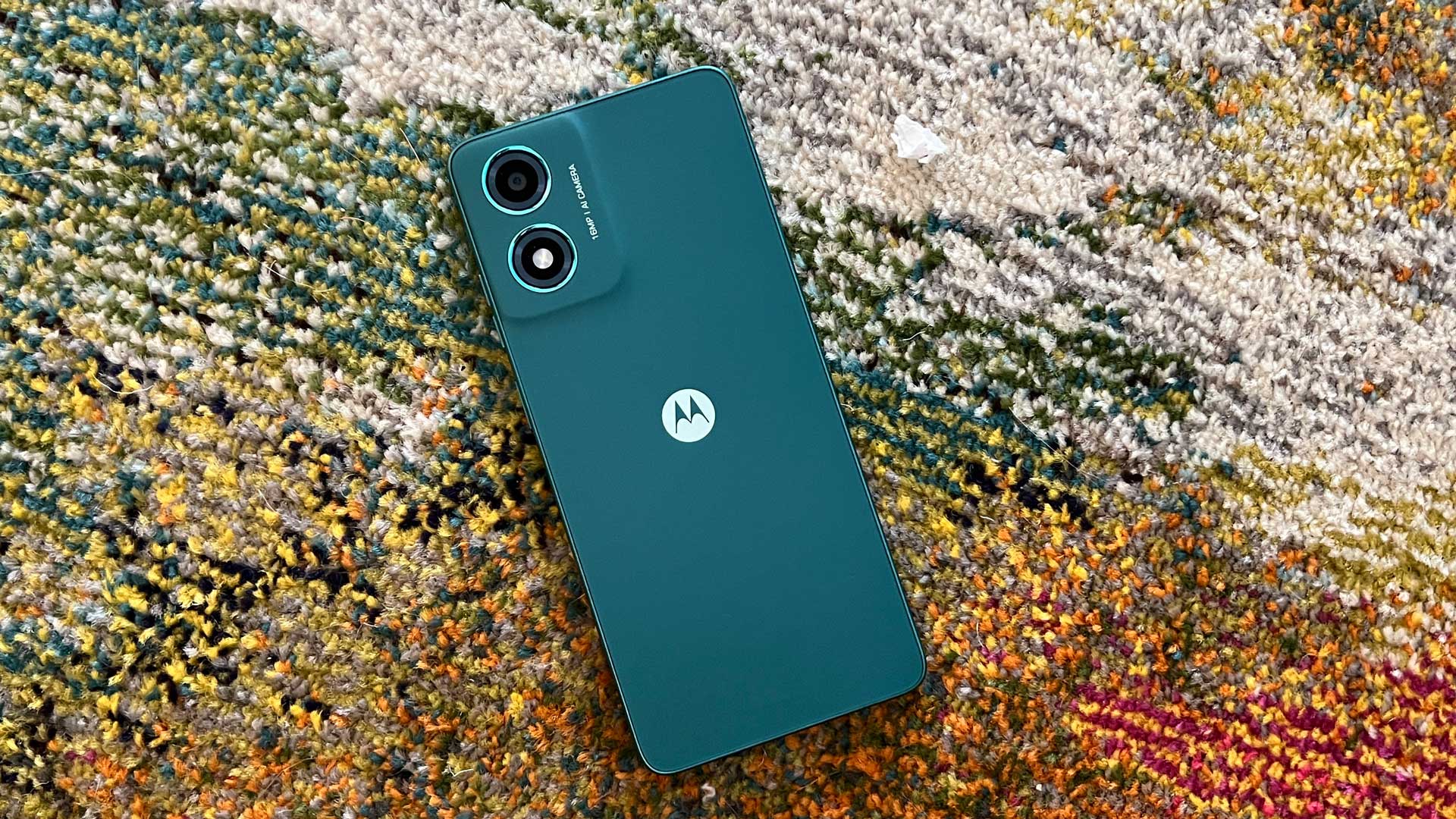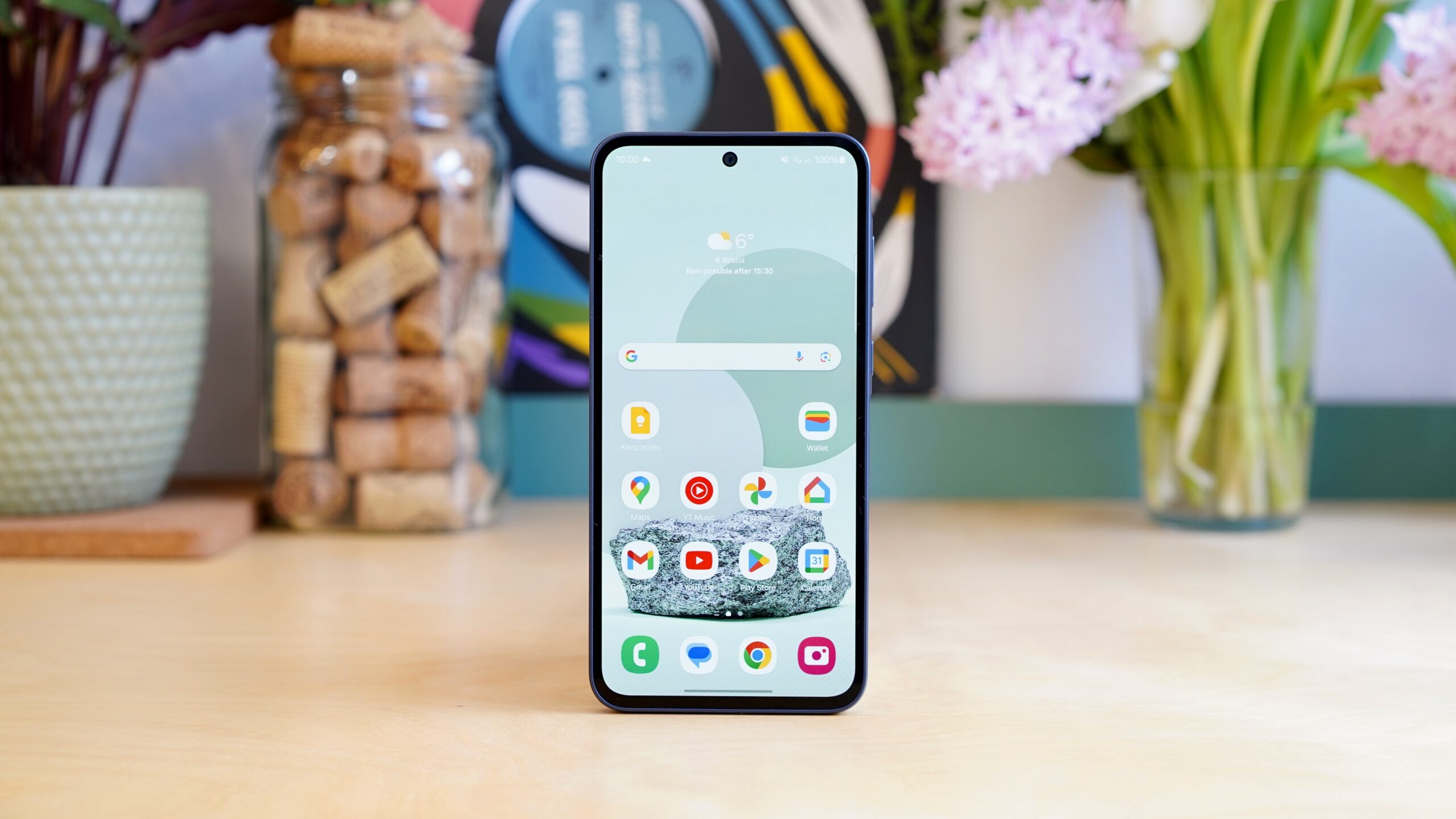Xiaomi Redmi Note 12 Pro 5G Review
A budget smartphone without a clear focus
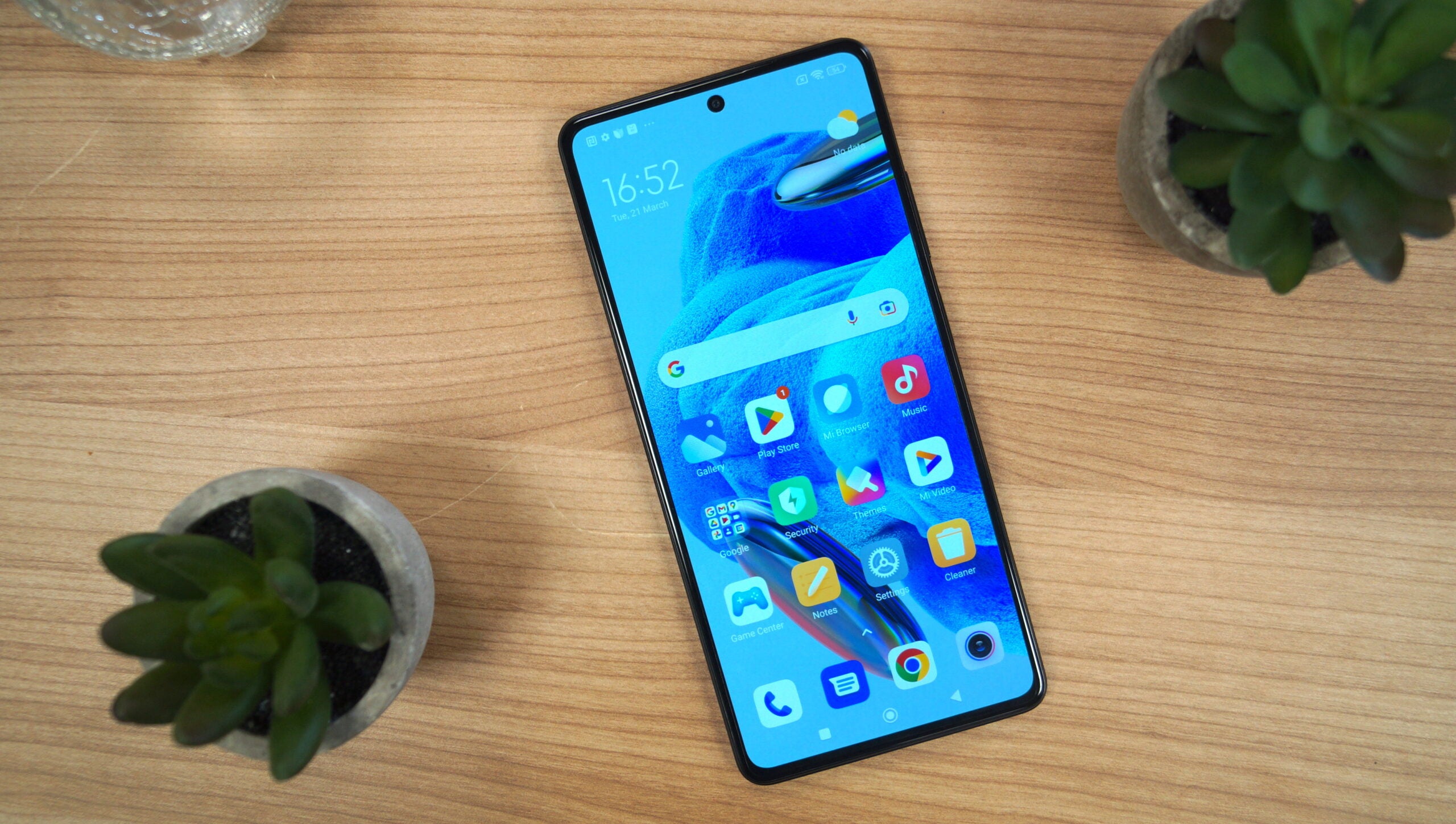
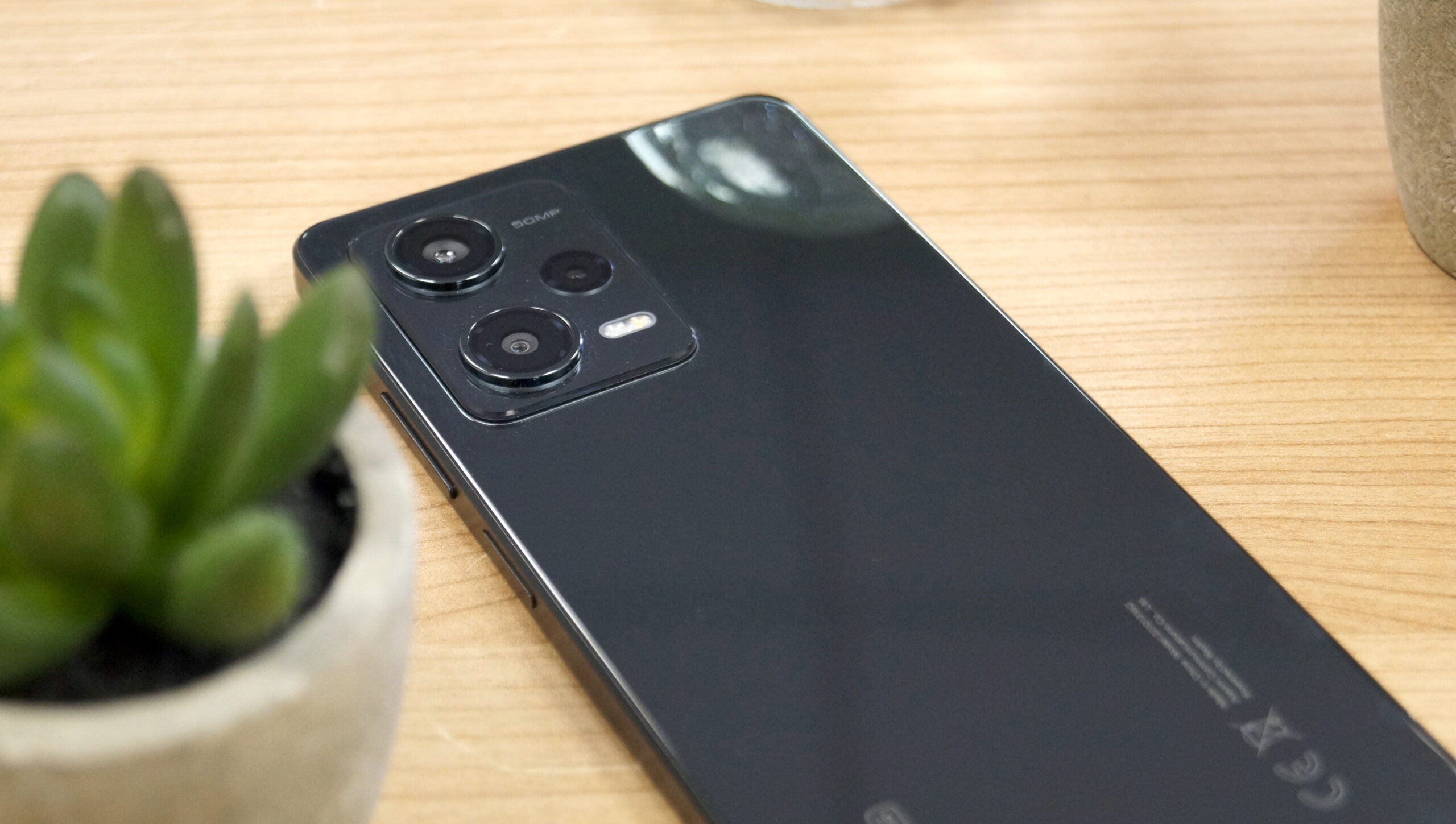




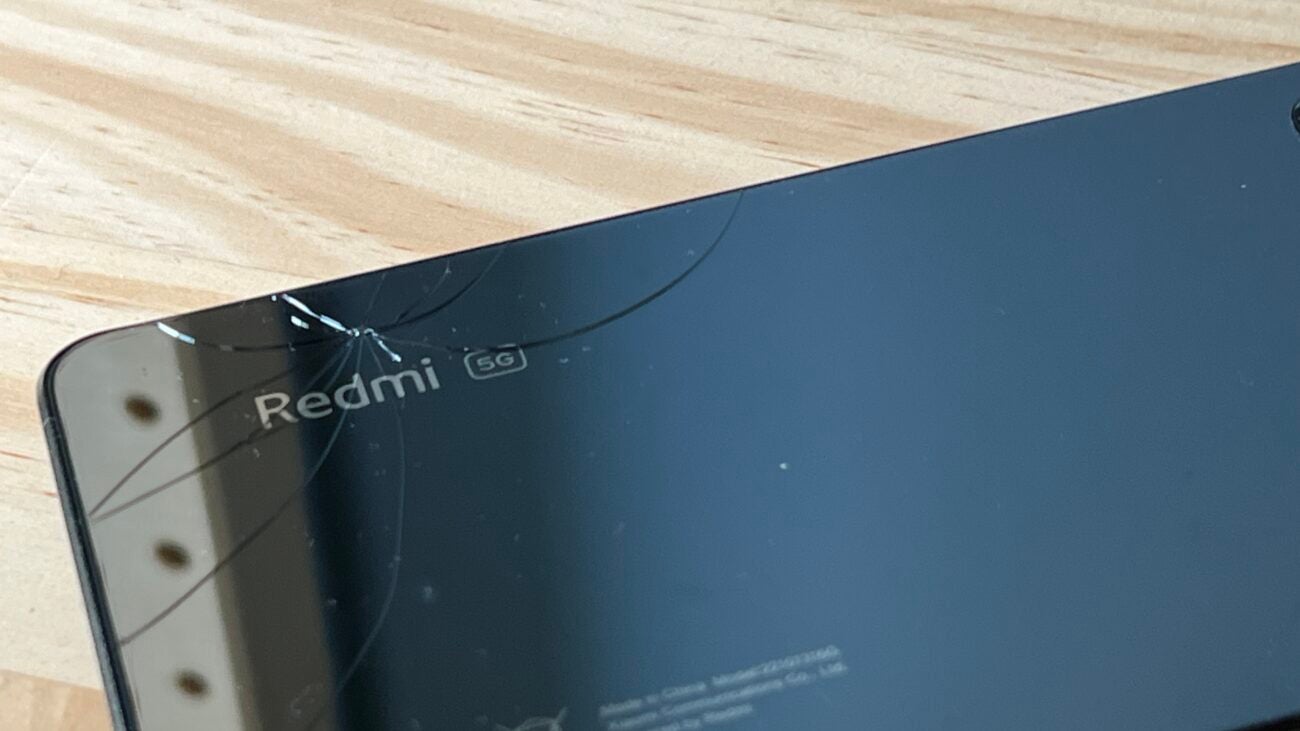
Verdict
The Xiaomi Redmi Note 12 Pro 5G looks to fix some of the big complaints with its predecessor while still offering a high-quality display experience, a stylish design and the promise of long battery life from a 5000mAh cell, though the usual software hangups remain.
Pros
- Glass rear feels premium
- Thin and lightweight design
- 67W fast charging is fairly rapid
Cons
- MIUI is as clunky as ever
- Greens and reds in photos can look too vibrant
- No long-term software support guarantee
Availability
- UKRRP: £339
- EuropeRRP: €399
Key Features
- 50MP flagship-level cameraThe Sony IMX766 sensor used in the 50MP rear snapper is the same as that found on flagships like the OnePlus 10T from 2022
- All-day battery lifeThe 5000mAh cell has no issue providing solid all-day battery life
- Stylish designFor a phone that’s expected to cost less than £300, it certainly looks the part
Introduction
How finely the pie can be sliced is a question that has come to define the smartphone market.
Faced with declining global sales and general stagnation, finding previously hidden demographics to sell phones to is now the urgent job of smartphone manufacturers everywhere.
Xiaomi’s solution, for the moment it seems, is to invent categories to test the water and see if people will come. The Redmi Note 12 Pro 5G is part of an attempt to reach the kind of consumer who doesn’t want to spend too much, who doesn’t want to sacrifice quality, and who is a ‘Pro’ of nebulous definition. I don’t know what this theoretical Pro does, but they need 5G and a high megapixel count to achieve it.
Issues with naming aside, the Redmi Note 12 Pro has two things going for it, a reasonable price tag and an attractive list of specifications. For an outlay of £339/$423 you get a 120Hz OLED screen, a 50MP main camera, a 5000mAh battery and 67W fast charging – none of which are class-leading, but which combine to become an attractive offering.
But, as ever, the competition is fierce and unrelenting. Samsung, Realme, Oppo, Sony, Apple and others all compete in the post-£/$300 segment, does Xiaomi do enough with the Redmi Note 12 Pro to earn it a place in your pocket?
Read on for my full review.
Design and screen
- Has a flat 120Hz HDR OLED screen with 1080p resolution
- Rear is encased in glass
- Has a 3.5mm headphone jack and an IR blaster
In the past few years, the average mid-range smartphone has gained a lot of features that were once the preserve of more premium devices, such as OLED screens, high refresh rates and fast charging. One thing which hasn’t yet trickled down is any semblance of a distinctive design.
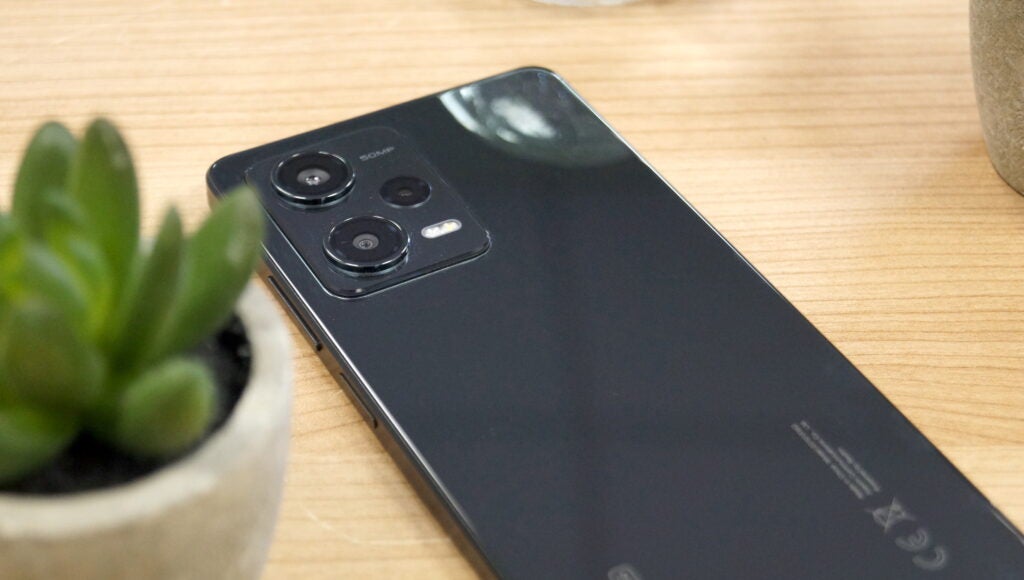
Typically, original design in mid-range smartphones is noticeable mainly by its absence, and the Redmi Note 12 Pro does nothing to break this trend. It has a glass rear that picks up smudges with abandon and a flat front that aids one-handed usability. The frame is made from plastic, but doesn’t do much to protect against drops.
As is the case with every phone that has a glass back, the Redmi Note 12 Pro likes to play chicken with gravity, sliding off any and every surface that isn’t perfectly level. My review unit did this, falling around 50cm from a chair to a laminate floor, and receiving a cracked rear in the process. If you use your phone anywhere other than in bed, you will need a case for this.
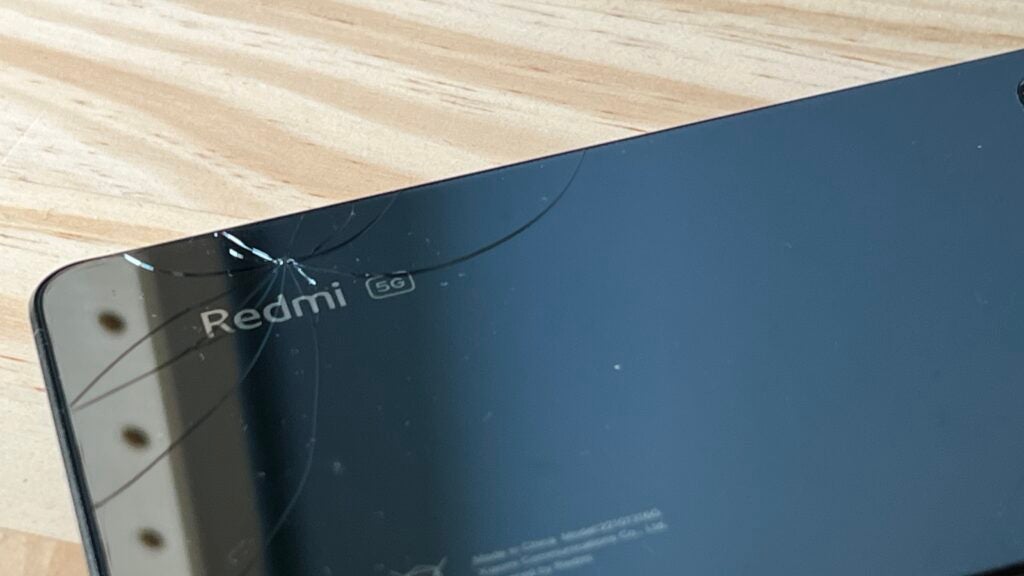
At 7.9mm it is pleasantly thin, and weighing 187g it is easy enough to use one-handed. Colour options too are decent, with Purple and Blue available to complement the traditional Black and White, offering a little more choice than is normally the case.
The side-mounted fingerprint scanner is quick and accurate in use and a 3.5mm headphone jack is offered too.
Coming to the display, thankfully the picture, as it were, is positive. The Redmi has a flat, 120Hz OLED display, with ‘1 billion colours’ (a number which can only be taken at face value) and HDR capabilities.
Colours given that this is an OLED are strong and sometimes oversaturated, though this can be amended in the settings. The fast refresh rate makes swiping through the interface feel nice and responsive, and the refresh rate can be pinned at 60Hz to increase battery life. At 6.67 inches on the diagonal, it is big enough to make movies feel a little immersive and allows for a solid reading experience.
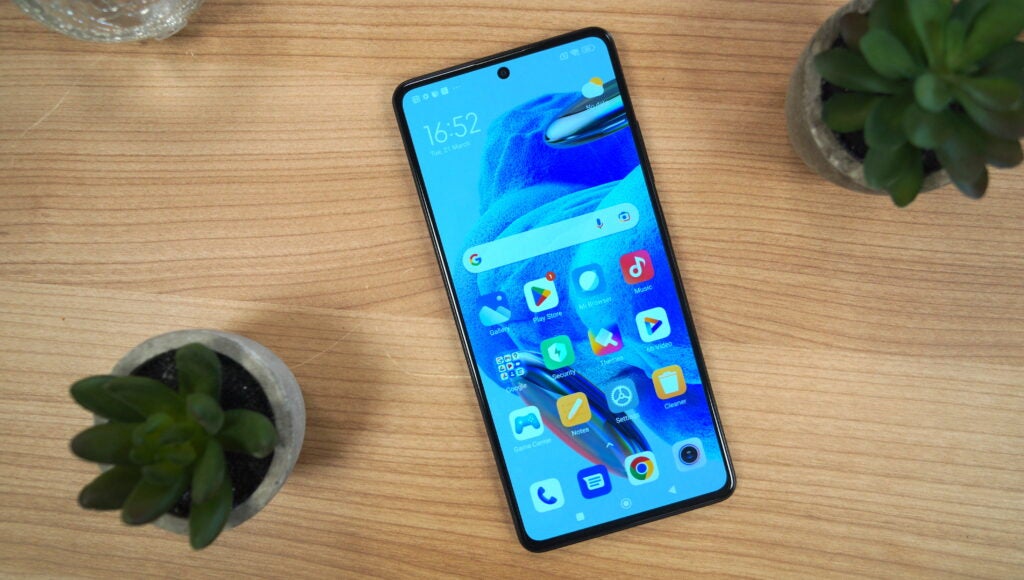
At up to 900 nits of brightness, it was mostly able to combat bright sunshine, with the caveat being that testing took place in the UK, not noted for challenging sunny conditions.
This is a display which is a cut above the LCD panels used by a lot of the competition at the sub-£/$250 price point. It is sharp at 1080p, fast, colourful and bright. It makes for a great reading and viewing experience, and the brightness is a major bonus, and far from a given.
Cameras
- Rear main camera has 50MP and OIS, flanked by an 8MP ultra-wide and 2MP macro
- Front facing camera is 16MP
We are starting to see more and more ambitious cameras make their way into budget smartphones. Where 13MP sensors used to rule, there is now a sea of 48MP options, and now we are on the transition to 50MP. The Redmi Note 12 Pro is at the vanguard of this trend, sporting a 50MP f/1.9 snapper that has optical image stabilisation, as well as an 8MP ultrawide sensor and a why-bother 2MP macro cam.
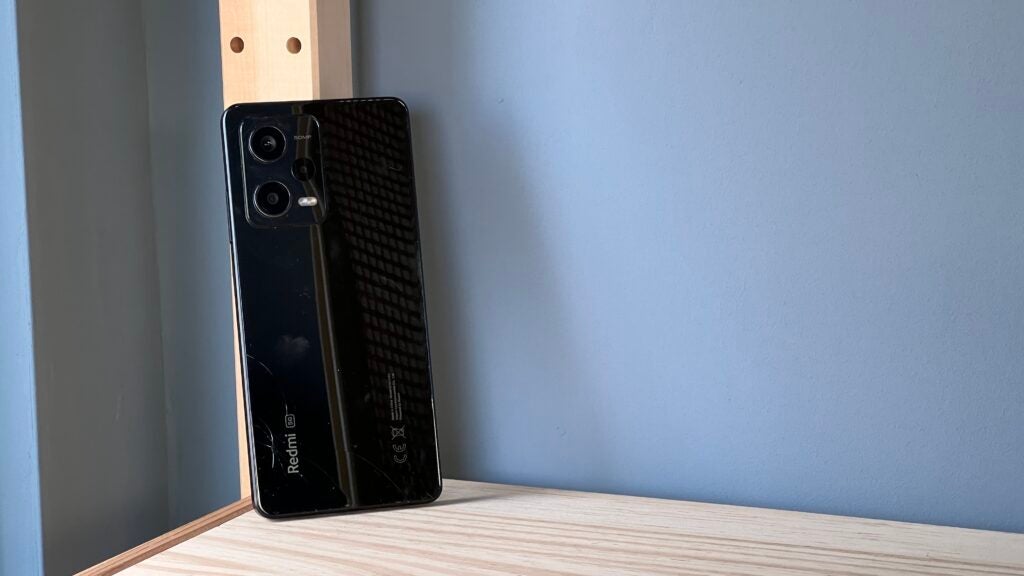
Starting with the camera app, it’s let down by the crucial opening speed test. From the lock screen, it takes about five seconds to start in general. This is fine by most metrics, especially for static subjects. If you are trying to capture a fleeting moment with a pet for instance, however, the slow opening time will mean you miss it.
Other than that, the app is the usual Xiaomi mish-mash of modes, some of which you may use, many of which you will not. It doesn’t get in the way of taking photos, and for the most part, is intuitive.
Coming to image quality, it’s a bit of a mixed bag. Detail, to begin, is plenty while sharpening isn’t egregious. If you zoom in, you won’t see lots of sharpening halos, which is a nice surprise. Foliage is mostly well presented too, which is often an infamous victim of smartphone processing.




Dynamic range is good in general too. Some shots have a tendency to get blown out, but for the price class, I was impressed. It is when I come to the question of colour that things get a little interesting.
For reasons unknown to everyone but a select few at Xiaomi, they consider every shade of green other than ‘radioactive ooze’ to be an affront to the eye. What this means is, every time you take a shot of grass or plant life with the AI scene assistant activated, you will be presented with a finished shot like something from the Teletubbies.
This can of course be resolved by deactivating the scene assistant, but it is confusing nonetheless. On the whole, colour reproduction is strong, but greens remain Xiaomi’s Achilles heel.


Things don’t improve much when it comes to low-light shots. With the included night mode, images produced have some saturation and clarity but don’t trouble the best in class.
Moving to the ultrawide camera we see shots that have decent detail and colour for the segment, and the macro cam, as ever, is difficult to use and produces muddy shots.
Selfies from the front-facing shooter are on the other hand very good. There’s nice colour, good detail and enough dynamic range to stop shots from blowing out completely. The less said about Xiaomi’s beauty filters however, the better.
Video is generally decent, with good detail and a restrained but pleasing colour rendition and maxes out at 4K@30fps. The audio recorded is a little choppy however, which harms the experience.
Performance
- Runs a MediaTek Dimensity 1080 processor
- Comes with 6/8GB of RAM and 128/256GB of storage by default
- Runs MIUI
One area in which the ‘budget’ smartphone segment has come on in leaps and bounds across the years is in general performance. Even at especially low price points, most phones barring a few egregious exceptions remain performant for most tasks that can be thrown at them.
Of course, with Pro in the name performance is one of the areas where Xiaomi really needs to show that it has invested, and thankfully it has. Running a MediaTek Dimensity 1080 chipset, a minimum of 6GB of RAM and 128GB of UFS2.2 storage it has enough power in it to easily meet the needs of most users.
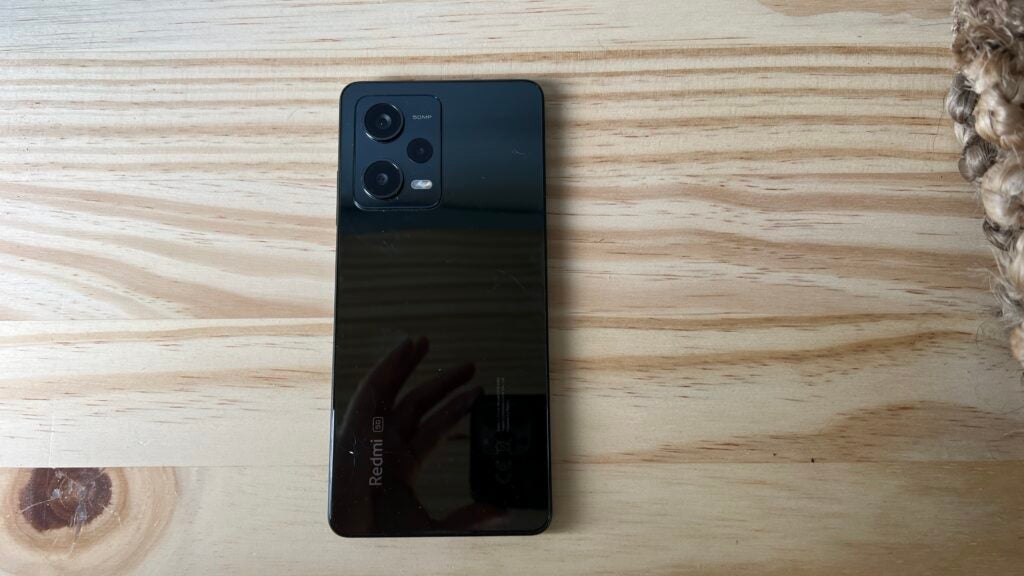
And by that what we will mean is the usual melange of swiping through the interface, accessing messaging and email, using the camera and GPS, watching videos and more generalised light usage. If you are this kind of user, the phone will be a great companion.
More specialised users, i.e. mobile gamers, may wish to look elsewhere, however. If you don’t care about a thin design or a great camera experience, there are phones that sacrifice more in the quest for greater power. The Xiaomi Redmi Note 12 Pro can certainly power through games such as PUBG, Fortnite and Genshin Impact, but only at lower detail settings.
What may be more of a deterrent for the general population is Xiaomi’s approach to software design. Xiaomi’s approach to software is ‘keep adding’, whether it’s new features, ways to access the same thing, ways to split simple interactions and more, Xiaomi gives a host of options, many that most people will never access.
One such example is the notification shade. Where most phones will allow a simple swipe down to see your missed messages, not so for the Redmi Note 12 Pro, here it specifically needs to be on the left side. This is in a direct copy of iOS and feels distinctly out of place on Android.
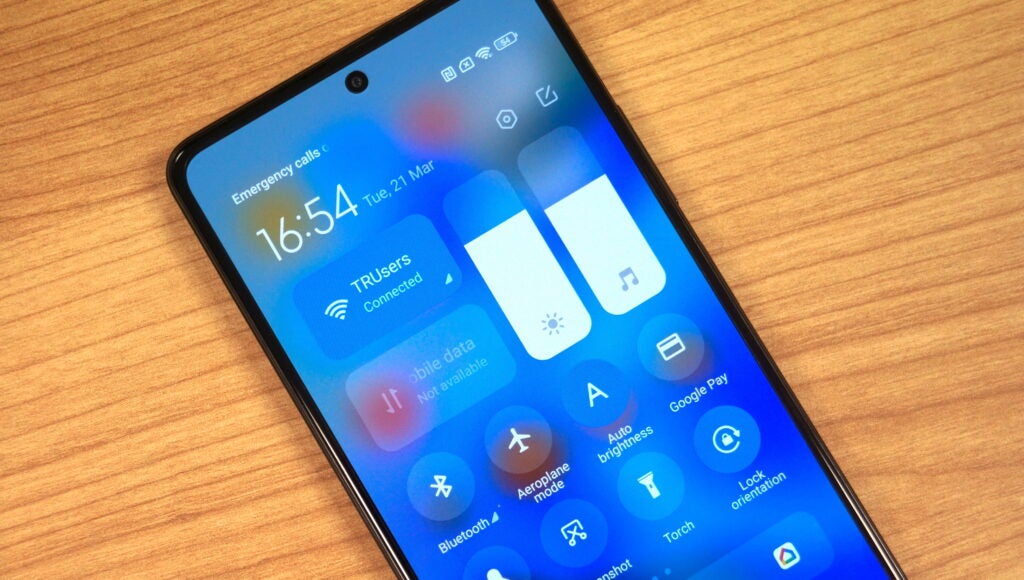
MIUI has always split opinion, but in its current iteration it is more of an annoyance than most software skins. It presents duplicate services, app stores and even has ads, which when you have already spent upwards of £/$300 on a device feels a bit icky.
Battery life
- Has a 5000mAh battery
- Offers 67W fast charging
- Charges over USB-C
With a 5,000mAh battery and an efficient modern chipset, the Redmi Note 12 Pro has everything it needs to provide good to great battery life. There are of course many factors which can affect battery life, so it is important to take the caveat that experience is entirely subjective and that your experience may differ.
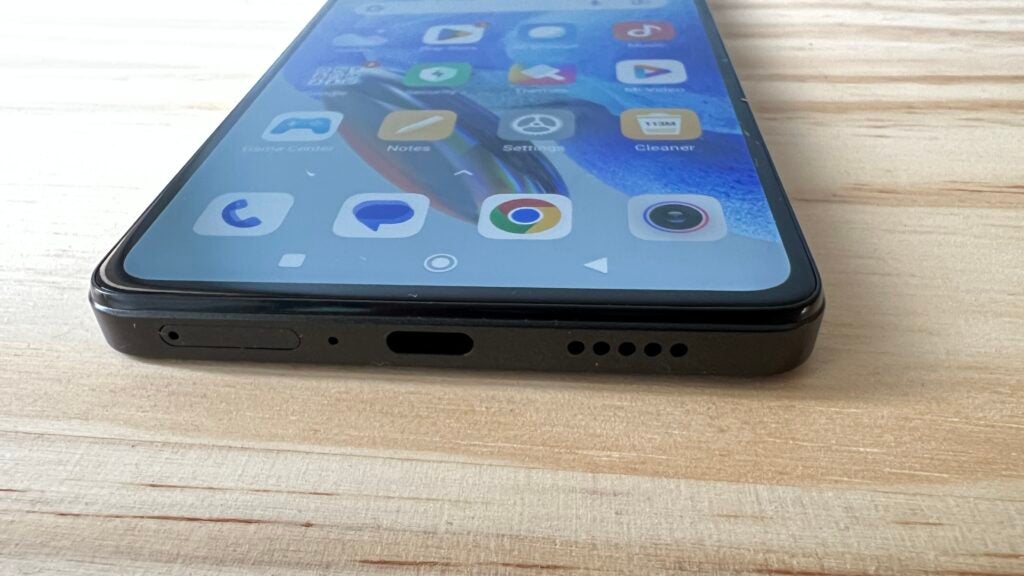
In total, across a sixteen-hour day, starting at 7am and finishing at 11pm, through a combination of messaging, watching video, an hour of GPS and listening to music on Bluetooth earphones, I hit 20% by 8pm and needed a small recharge to make it a bit later. For many people, this will then likely be a most-of-the-day smartphone, not making it into a second without a top-up. This is a respectable showing if not quite the best available.
Luckily, due to the presence of especially fast charging, topping up before a night out shouldn’t be an issue. At 67W it isn’t as fast as the 120W offered by its bigger sibling the Plus, but is still fast enough to make a difference. I was able to top up to 45% in fifteen minutes, reaching 100% after around fifty minutes. This will make a difference in difficult situations and as such is to be commended.
Latest deals
Final Verdict
I have yet to decide as a society what ‘Pro’ within the context of a smartphone really means. If we take the definition offered by Xiaomi, using the Redmi Note 12 Pro as an example, we see a device with a capable processor, a great screen, mostly decent cameras and decent battery life. For a lot of people, even those who aren’t a ‘Pro’, that is a compelling set of strengths.
There are of course some significant weaknesses attached to this, including a lack of water resistance, a slippy and easily cracked design, and a lack of stated long-term update support. These are all quality-of-life features which do make a difference, and which let the phone down.
Against the competition, the Redmi Note 12 Pro finds itself in a difficult position. It doesn’t have the best camera, the most powerful processor, the longest-lasting battery or any particularly defining feature. Instead it is a mostly refined smartphone at a reasonable asking price. For many people that will be enough, but if you shop around there are better options elsewhere.
FAQs
No, it’s not waterproof, but the IP53 rating does mean it’s splash-proof and dust resistant.



